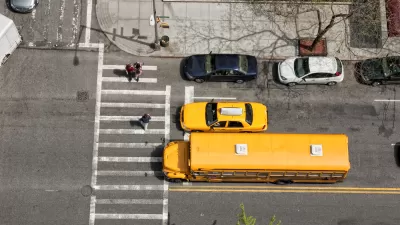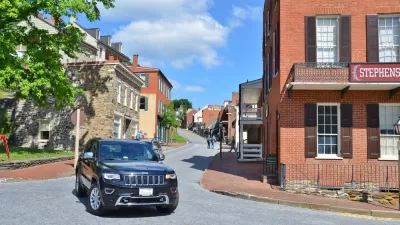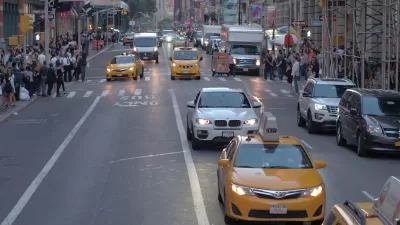Looking at the history of car recalls, Gladwell recognizes a tension between the way engineers see malfunctions and how the public sees them. It's easy to blame the machine, but that doesn't always solve the problem.

With news of this week's fatal Amtrak crash still fresh, perhaps it would be wise to keep this in mind: "To the engineer, a car sits somewhere on the gradient of acceptability. To the public, a car's status is binary: it is either broken or working, flawed or functional."
Gladwell's statement could apply equally to trains, planes, and automobiles. His piece in the New Yorker explores the roots of this engineer-public tension through the career of Denny Gioia, who worked in the recall department at Ford Motor Company.
As point man during the 1970s Ford Pinto recall crisis, Gioia walked a tightrope between the sociological imperative to reduce deaths, and the engineer's knowledge that out of millions of cars, some will malfunction.
Gladwell points out that driver error dwarfs mechanical failure as a cause of car accidents: "the variables that really matter have to do with the driver, not the car. The public approach to auto safety is preoccupied with what might go wrong mechanically with the vehicles we drive. But the chief factor is not what we drive; it is how we drive."
FULL STORY: The Engineer’s Lament

Planetizen Federal Action Tracker
A weekly monitor of how Trump’s orders and actions are impacting planners and planning in America.

Maui's Vacation Rental Debate Turns Ugly
Verbal attacks, misinformation campaigns and fistfights plague a high-stakes debate to convert thousands of vacation rentals into long-term housing.

San Francisco Suspends Traffic Calming Amidst Record Deaths
Citing “a challenging fiscal landscape,” the city will cease the program on the heels of 42 traffic deaths, including 24 pedestrians.

Amtrak Rolls Out New Orleans to Alabama “Mardi Gras” Train
The new service will operate morning and evening departures between Mobile and New Orleans.

The Subversive Car-Free Guide to Trump's Great American Road Trip
Car-free ways to access Chicagoland’s best tourist attractions.

San Antonio and Austin are Fusing Into one Massive Megaregion
The region spanning the two central Texas cities is growing fast, posing challenges for local infrastructure and water supplies.
Urban Design for Planners 1: Software Tools
This six-course series explores essential urban design concepts using open source software and equips planners with the tools they need to participate fully in the urban design process.
Planning for Universal Design
Learn the tools for implementing Universal Design in planning regulations.
Heyer Gruel & Associates PA
JM Goldson LLC
Custer County Colorado
City of Camden Redevelopment Agency
City of Astoria
Transportation Research & Education Center (TREC) at Portland State University
Jefferson Parish Government
Camden Redevelopment Agency
City of Claremont





























